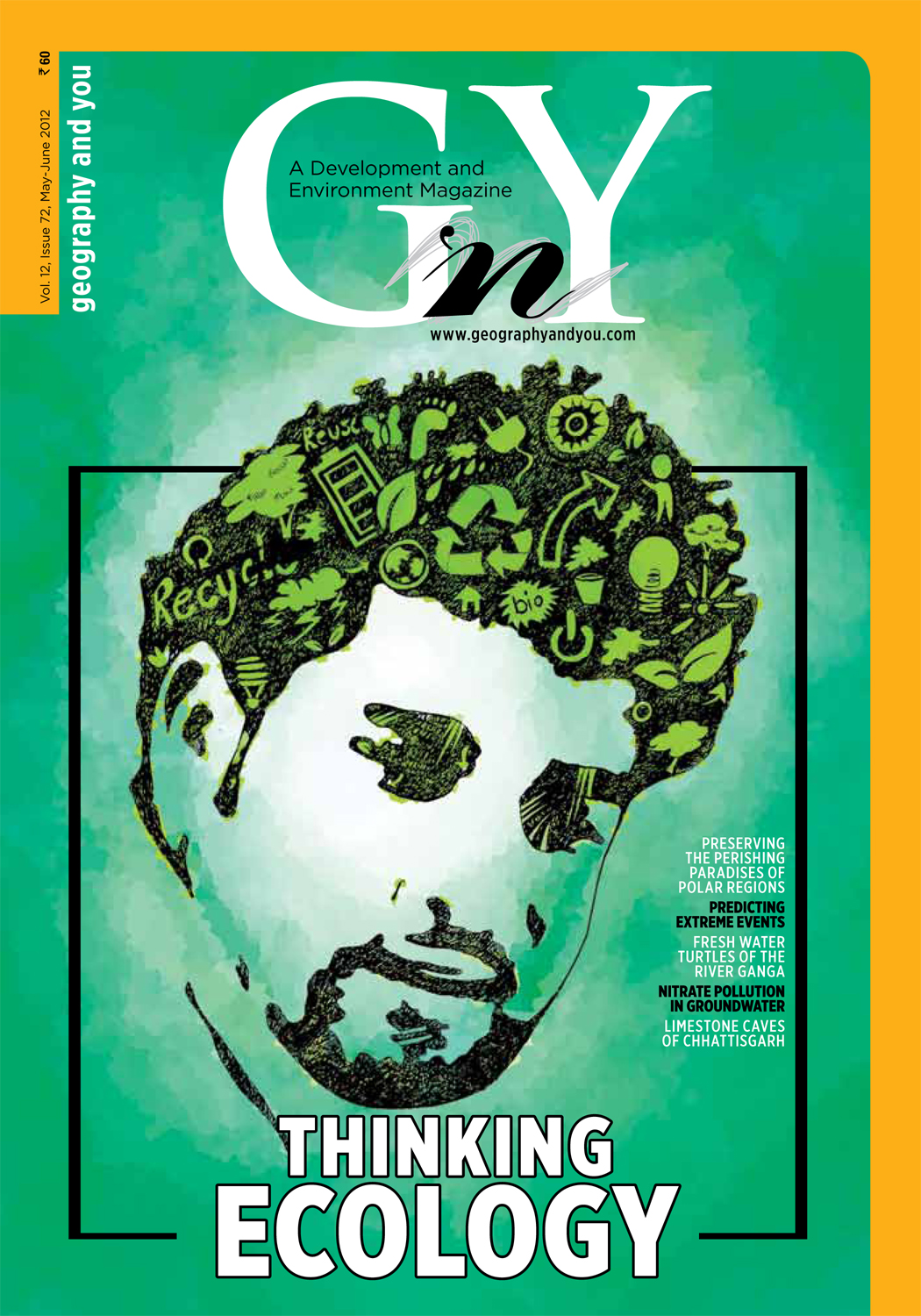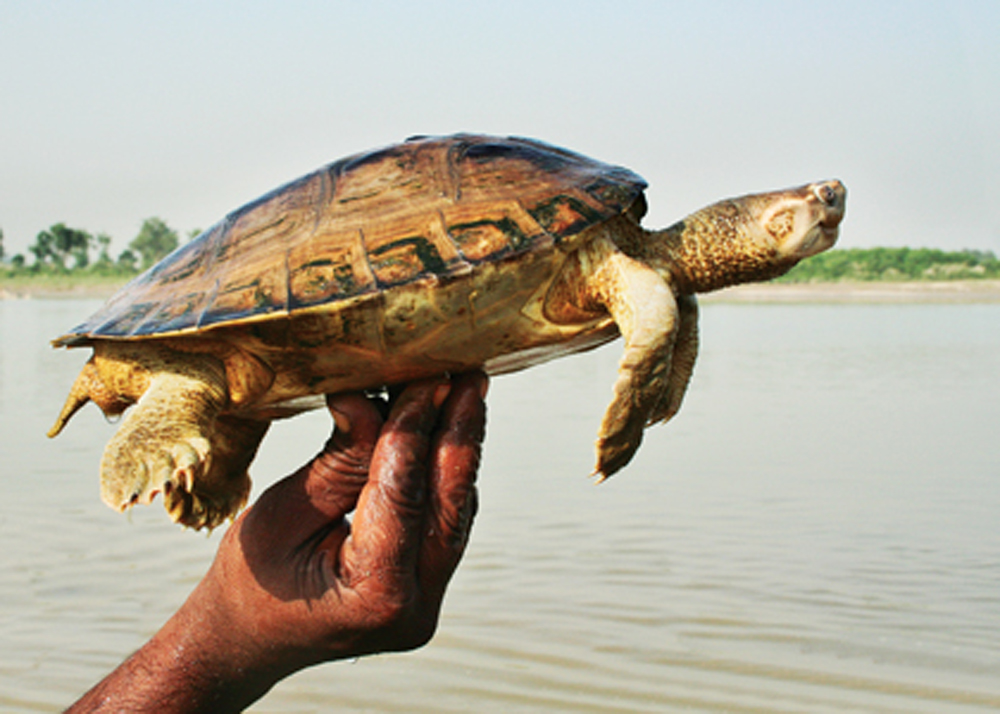
Inside this issue
The Changing Climate
Water in the right quantity and quality is critical to the survival of aquatic biodiversity. Multiple threats take their toll, but uncontrolled and commercial exploitation by man has been the single-most damaging factor to species such as freshwater turtles of the Ganga. As an indicator species, freshwater turtle can provide invaluable information on the health of river Ganga’s ecosystem. Thus conservation efforts urgently need to be stepped up.
Anthropogenic activities are primarily responsible for high groundwater nitrate which, beyond certain concentrations, can pose significant health problems. Judicious fertiliser, manure application and waste management could minimise groundwater nitrate pollution problems.
The Inland Waterways Authority of India (IWAI) was established in 1986 for development and regulation of inland waterways for shipping and navigation. The Authority primarily undertakes projects for development and maintenance of Inland Water Transport (IWT) infrastructure on national waterways with the support of the Ministry of Shipping.
Modern lifestyles have introduced machines that assist easy living, albeit at a cost. It is perhaps time to seek environment friendly solutions that can help sustain the ecological balance rather than disrupt it.
India's Outdoors
The Kotumsar caves are well known for its stalactite and stalagmite formations and hold the key to climate change studies as also many precious cavernicole species that are in urgent need of conservation.
An endemic species of spiderwort thought to be lost from the forested realms of Western Ghats has again been found in the wild. All efforts are being made to conserve this rare plant that holds great medicinal values.
The mesmerising environs of the Sanctuary is a paradise for nature lovers. Abounding in grasslands and water bodies Debrigarh is a little known destination with astounding birding possibilities.
The water world
In brief
Dear readers India needs to pursue ‘green growth’ without compromising on the developmental challenges. But that is not easy at all. as a resource constrained nation reducing India’s energy intensity and optimising existing resources seems utopian. Urbanisation–unplanned and unchartered, wa

